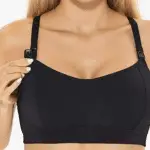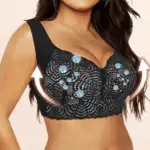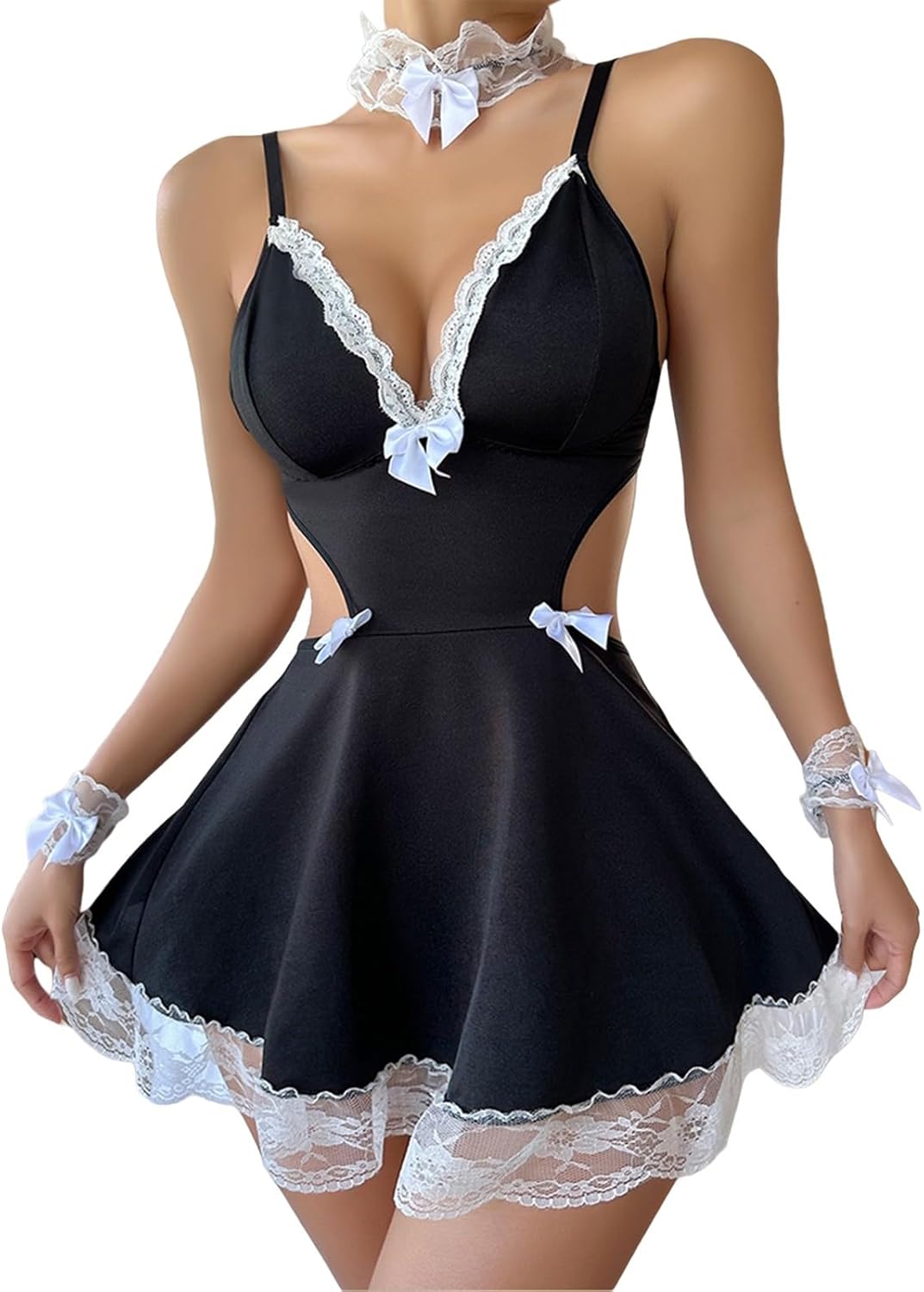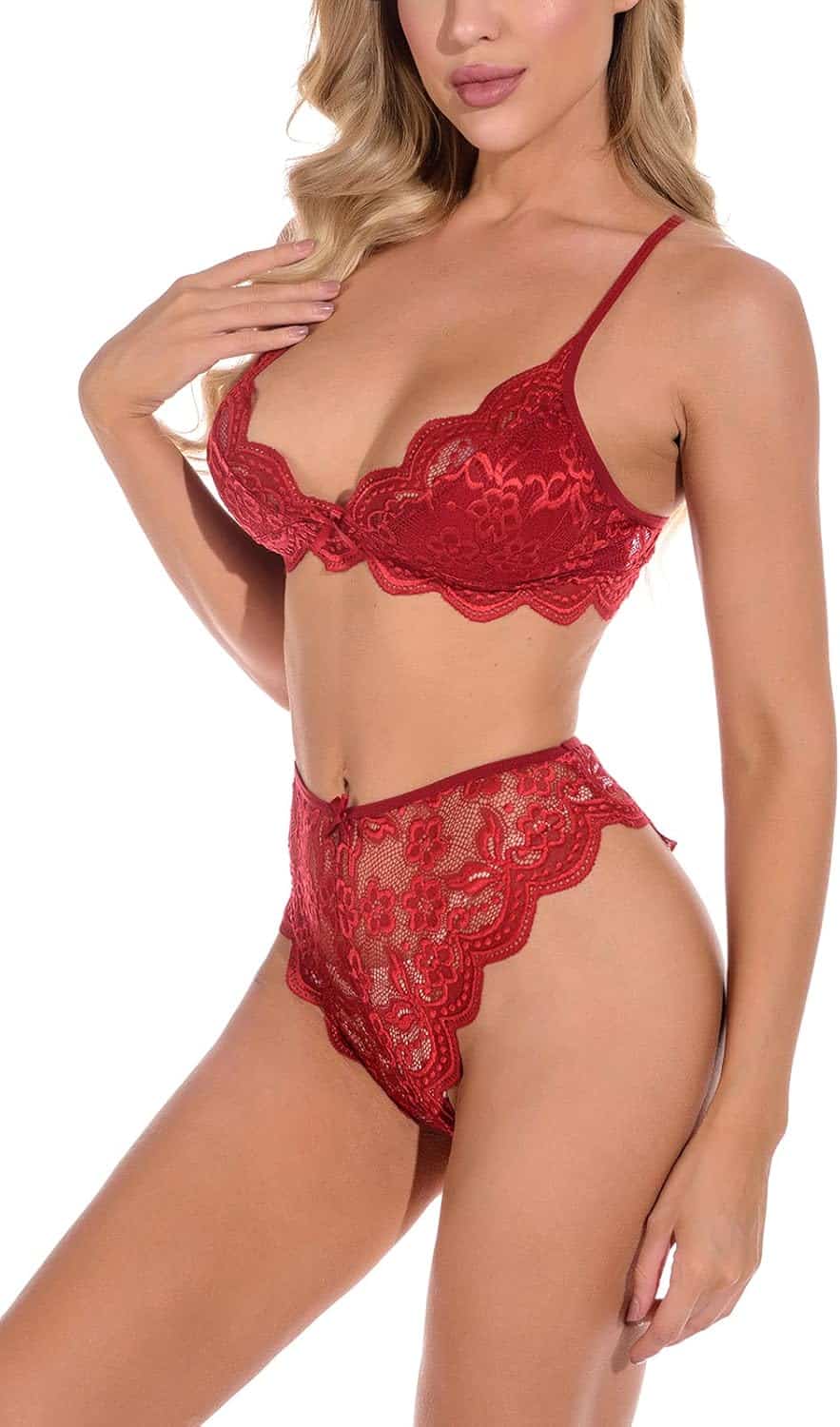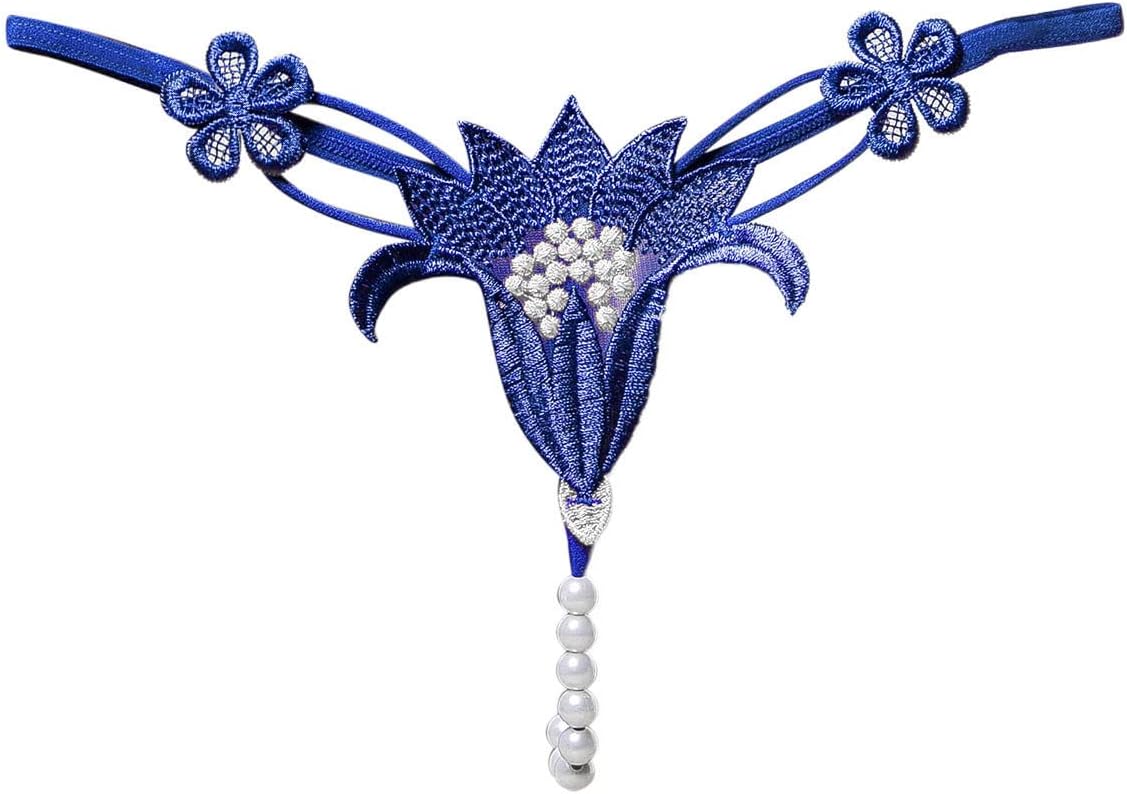Table of Contents
Bras are an essential part of a woman’s wardrobe. They provide support, comfort, and shape to the breasts. However, many women have questions about bras that they may be too embarrassed to ask. This article aims to answer some of the most frequently asked questions about women’s bras.
One of the most common questions is how to find the right size bra. Many women are wearing the wrong size, which can lead to discomfort and even health problems. This article will provide tips on how to measure correctly and find the perfect fit. Another question is how often to wash bras. Some women may be unsure if they should wash after every wear or if it’s okay to wear a bra multiple times before washing. This article will provide advice on how often to wash bras and how to care for them to make them last longer.
Why is it important to wear the right size?
Wearing the right size of bra is essential for a woman’s comfort and health. Here are some reasons why:
Comfort
Wearing a bra that fits correctly can make a significant difference in how comfortable a woman feels throughout the day. A bra that is too tight can cause pain and discomfort, while a bra that is too loose may not provide adequate support, leading to discomfort and even pain in the shoulders and back.
Appearance
Wearing the right size of bra can enhance a woman’s appearance and give her a more flattering silhouette. A bra that fits correctly can help to lift and shape the breasts, making them look more youthful and perky.
Health
Wearing the wrong size of bra can have negative effects on a woman’s health. A bra that is too tight can compress the breasts, leading to restricted blood flow and lymphatic drainage. This can cause discomfort, pain, and even lead to breast infections or cysts.
On the other hand, a bra that is too loose may not provide adequate support, which can cause the breasts to bounce around during physical activity, leading to discomfort and even pain in the shoulders and back.
In conclusion, it is important to wear the right size of bra to ensure comfort, appearance, and good health.
How do I know if I am wearing the right size?
Measuring yourself
The first step to finding the right bra size is to measure yourself. To do this, you will need a measuring tape. Start by measuring around your ribcage, just below your bust. Make sure the tape is snug but not too tight. This measurement will give you your band size.
Next, measure around the fullest part of your bust. Again, make sure the tape is snug but not too tight. This measurement will give you your cup size.
Once you have these two measurements, use a bra size chart to determine your bra size. Keep in mind that different brands may have slightly different sizing, so it may be helpful to try on a few different sizes to find the best fit.
Trying on different styles
Even if you have measured yourself correctly, different styles of bras may fit differently. It’s important to try on different styles to find the one that is most comfortable and supportive for you.
Some common bra styles include:
- T-shirt bra: A smooth, seamless bra that is great for wearing under tight-fitting clothing.
- Balconette bra: A bra with a lower-cut cup that is great for wearing with lower-cut tops.
- Sports bra: A supportive bra that is designed for physical activity.
- Push-up bra: A bra with padding that is designed to push the breasts up and together.
When trying on different styles, make sure the bra fits snugly around your ribcage and that the cups are not too loose or too tight. You should be able to fit two fingers between the band and your skin, and the cups should fully contain your breasts without any spillage.
Remember, the right bra size and style can make a big difference in your comfort and confidence. Don’t be afraid to try on different sizes and styles until you find the perfect fit for you.
What are the different types of bras?
When it comes to bras, there are many different types available, each designed to meet specific needs and preferences. Here are some of the most common types of bras:
Full Coverage Bras
Full coverage bras are designed to provide maximum coverage and support, covering the entire breast and providing a smooth, natural shape. They are ideal for women with larger breasts or those who prefer more coverage.
Push-up Bras
Push-up bras are designed to enhance the appearance of the breasts by lifting and pushing them up, creating the appearance of cleavage. They are ideal for women who want to add volume and shape to their bust.
Sports Bras
Sports bras are designed to provide support and minimize movement during physical activity. They come in a variety of styles and levels of support, from low-impact to high-impact, to suit different types of activities and body types.
Wireless Bras
Wireless bras, also known as soft cup bras, do not have underwire and are designed for maximum comfort. They are ideal for women who want a more natural shape and do not require as much support.
Minimizer Bras
Minimizer bras are designed to reduce the appearance of the bust by distributing breast tissue more evenly across the chest. They are ideal for women with larger breasts who want to create a more streamlined silhouette.
Overall, choosing the right type of bra depends on personal preference, body type, and the activity you will be doing. It’s important to try on different styles and sizes to find the best fit and comfort for you.
How often should I replace my bras?
It is important to replace your bras regularly to ensure they continue to provide the support and comfort you need. Here are some guidelines to follow:
Replace your bras every 6-12 months
Bras experience wear and tear over time, especially with frequent use. The elastic in the band and straps can stretch out, the underwire can poke through the fabric, and the cups can lose their shape. For these reasons, it is recommended that you replace your bras every 6-12 months, depending on how often you wear them.
Look for signs of wear and tear
Even if you haven’t had your bras for 6-12 months, it’s important to check them regularly for signs of wear and tear. Here are some things to look for:
- The band rides up in the back
- The straps slip off your shoulders
- The cups are wrinkled or misshapen
- The underwire is poking through the fabric
- The fabric is stretched out or has holes
If you notice any of these signs, it’s time to replace your bra.
Have a variety of bras in your rotation
To extend the life of your bras, it’s a good idea to have a variety of bras in your rotation. This means you should have several bras that you wear on a regular basis, rather than wearing the same bra every day. This will give each bra a chance to rest and recover, which will help them last longer.
Invest in high-quality bras
Finally, investing in high-quality bras can help them last longer. Look for bras made with durable materials and well-constructed seams. While high-quality bras may cost more upfront, they will save you money in the long run by lasting longer and providing better support and comfort.
What to Look for When Buying a Bra
When it comes to buying a bra, there are several factors to consider. A bra is an essential item in a woman’s wardrobe, and it’s important to choose one that fits well and provides the necessary support and comfort. Here are some things to keep in mind when shopping for a bra:
Material
The material of a bra can affect its comfort, durability, and appearance. Some common materials used in bras include:
- Cotton: This is a breathable and comfortable material that is ideal for everyday wear.
- Nylon: This material is durable and lightweight, making it a good choice for sports bras.
- Polyester: This material is easy to care for and can withstand frequent washing.
- Lace: This is a delicate and feminine material that can add a touch of elegance to a bra.
When choosing a bra, consider the material and how it will feel against your skin. Look for bras made from high-quality materials that will last longer and provide better support.
Fit
The fit of a bra is crucial for comfort and support. A bra that is too tight or too loose can cause discomfort and even pain. Here are some things to consider when checking the fit of a bra:
- Band size: The band should fit snugly around the ribcage, without digging in or riding up.
- Cup size: The cups should enclose the breasts completely, without any gaps or spillage.
- Straps: The straps should be adjusted so they are not too tight or too loose, and should not dig into the shoulders.
It’s important to get measured regularly to ensure you are wearing the correct bra size. A well-fitting bra can improve posture, reduce back pain, and enhance your overall appearance.
Style
There are many different styles of bras available, each designed for different purposes and outfits. Here are some common styles of bras:
- T-shirt bra: This is a seamless bra that is designed to be worn under tight-fitting clothing.
- Sports bra: This is a supportive bra that is designed for physical activity.
- Push-up bra: This is a bra that is designed to enhance the appearance of the breasts.
- Strapless bra: This is a bra that is designed to be worn without straps, making it ideal for strapless tops and dresses.
When choosing a bra, consider the style and how it will work with your wardrobe. Look for bras that are both functional and fashionable, and that provide the support and comfort you need.
How should I care for my bras?
Bras are essential undergarments that require proper care to ensure they last longer. Here are some tips on how to care for your bras:
Washing
It is essential to wash your bras frequently, but not too often, as washing too frequently can cause wear and tear. You should wash your bras after every three to four wears. Handwashing is the best method for washing bras, but if you must use a washing machine, use a delicate cycle.
Drying
Do not dry your bras in a dryer. The heat can damage the elastic and fabric, causing the bra to lose its shape and support. Instead, air dry your bras by laying them flat or hanging them on a clothesline.
Storage
Store your bras properly to prevent damage. Do not fold them in half or stuff them in a drawer. Instead, stack them in a drawer or hang them on a hanger by the center gore. This will help maintain their shape and prevent the cups from getting crushed.
Other Tips
- Do not bleach your bras as it can damage the fabric and elastic.
- Do not iron your bras, as the heat can damage the elastic and fabric.
- Do not wear the same bra two days in a row. This allows the elastic to recover and prevents wear and tear.
- If your bra has an underwire, do not twist or bend it as it can damage the wire and cause it to poke out.
By following these tips, you can ensure that your bras last longer and maintain their shape and support.
Can you wear a bra after a nipple piercing?
Yes, you can wear a bra after a nipple piercing, but you should choose a bra that does not irritate the piercing or put pressure on it.
Can you wear a bra after a rib tattoo?
Yes, you can wear a bra after a rib tattoo, but you may need to avoid tight bras or bras with underwire that could rub against the tattoo and cause irritation.
Can you wear a bra after a spine tattoo?
Yes, you can wear a bra after a spine tattoo, but you may need to choose a bra with a lower back strap or avoid bras with straps that could rub against the tattoo.
Can you wear a bra during an MRI scan?
It depends on the type of bra you are wearing. If the bra contains metal parts, you will need to remove it before the MRI scan. If the bra is made of non-metallic materials, you may be able to wear it during the scan, but you should consult with your doctor or technician beforehand.
Can you wear a bra with a broken collar bone?
It depends on the severity of the injury and the type of bra you are wearing. A soft and non-restrictive bra may be more comfortable to wear with a broken collarbone, but you should follow the advice of your doctor or physical therapist.
Can you wear a bra during an X-ray?
Yes, you can wear a bra during an X-ray, but you may need to remove any metal parts of the bra to avoid interfering with the imaging
Can you wear a bra with a bodysuit?
Yes, you can wear a bra with a bodysuit, but you may need to choose a bra that is low-cut or backless depending on the style of the bodysuit.
Can you wear a bra with a corset?
It depends on the style and design of the corset. Some corsets have built-in bras or cups, while others may require you to wear a separate bra underneath. You should choose a bra that complements the style and design of the corset and provides the necessary support.

